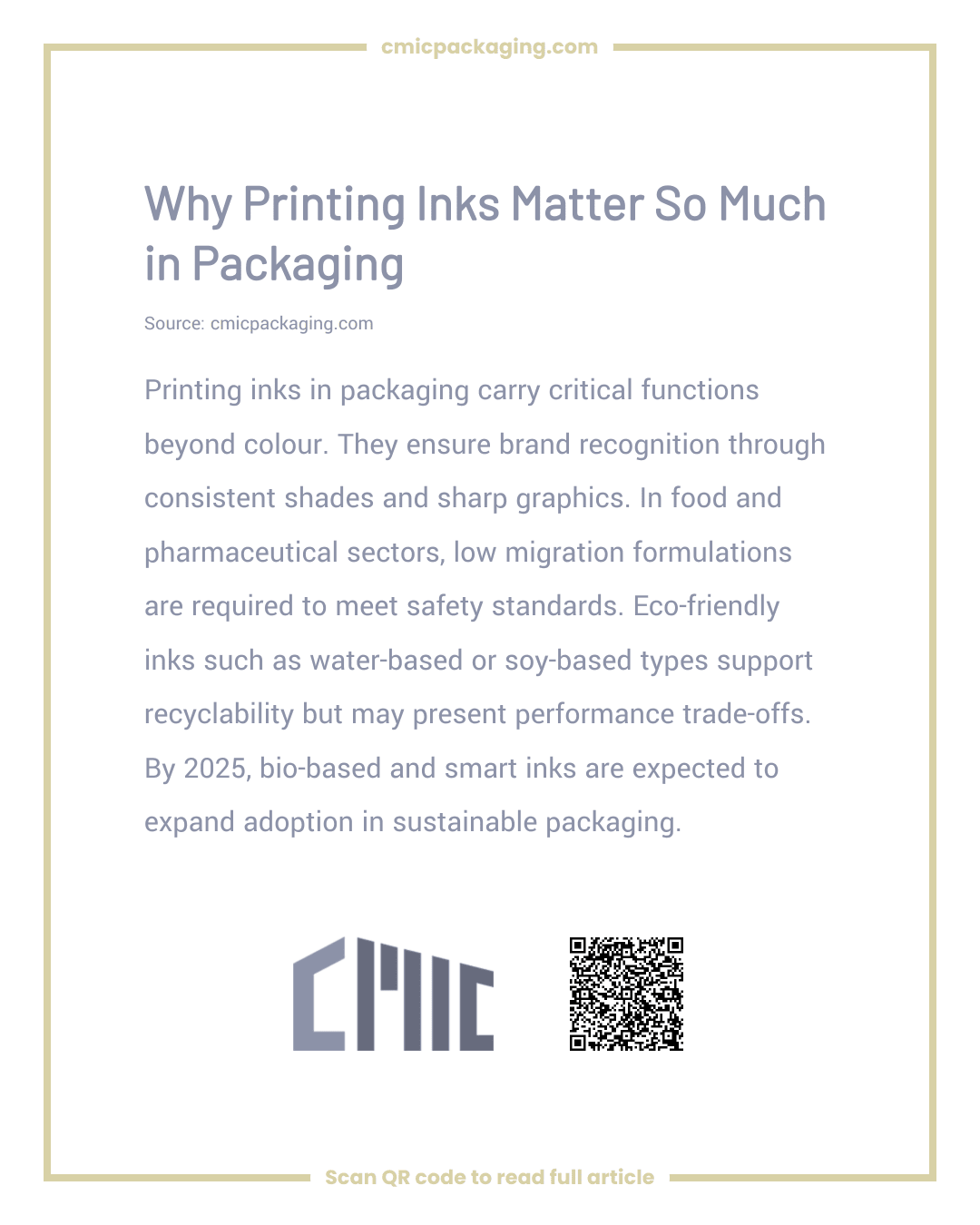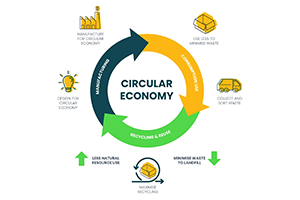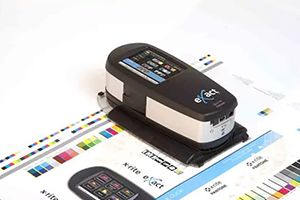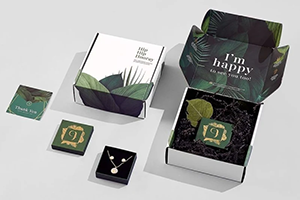Ink: More Than Just Colour on a Box
You know that moment when you’re wandering down the supermarket aisle, and a box just jumps out at you? It’s not always the fancy shape or the clever material – often, it’s those bold colours and snappy designs that make you stop and think, “Ooh, that looks tasty.”
Printing inks are the quiet stars of this show, the ones whispering your product’s story in a sea of shouting competitors. Get them wrong, and your packaging might as well be whispering into the void. They don’t just slap on some hue; they inform, tempt, protect, and even decide if your box ends up in the recycling bin or the landfill. Oh, and let’s not forget – they can make sure your snack doesn’t come with a side of unintended chemicals.
I’ve watched it happen plenty of times: two almost identical products on the shelf, but one grabs your attention with its razor-sharp vibe, while the other fades into the background. That’s the sneaky power of good ink. If you’re a packaging buyer or a brand manager, ignoring this stuff is like turning up to a party without checking your outfit – essential for branding, rules, eco-friendliness, and keeping the budget from exploding. Right, let’s roll up our sleeves and explore why these inks are such a sneaky big deal.
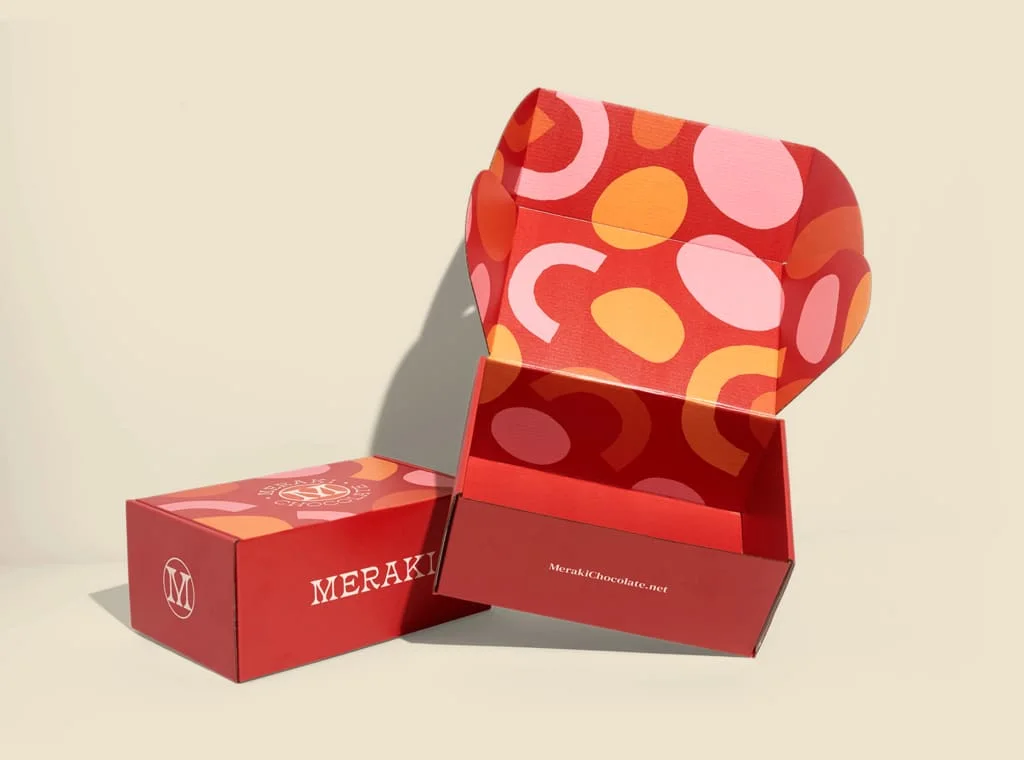
What Role Do Printing Inks Play in Packaging?
1. Communicating Brand Identity
Inks are the real MVPs when it comes to making your packaging sing. They make logos pop, keep colours consistent no matter if your product’s in a rainy UK corner shop or a sunny Aussie supermarket, and ensure the tiny print doesn’t leave customers squinting. Imagine if Coca-Cola’s famous red turned up looking more like a dodgy orange – trust would evaporate faster than a spilled drink. In the dog-eat-dog world of retail, getting that colour spot-on and the print crisp is non-negotiable. From what I’ve seen helping brands, even a tiny shade slip can send loyal fans running for the hills.
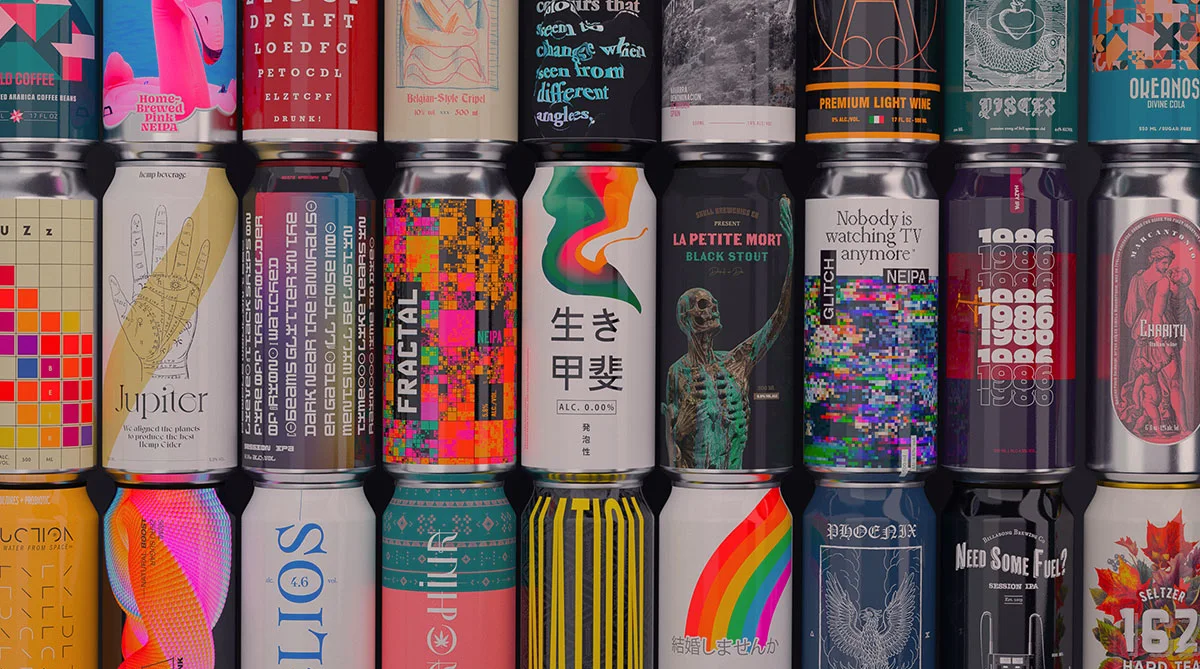
2. Ensuring Safety and Compliance
When it comes to food or meds, inks aren’t just pretty – they’re your frontline defence. They have to jump through hoops of regulations to keep everyone safe. Think low-migration inks that won’t let dodgy chemicals sneak into your crisps. And they need to tough it out against heat, damp, and the odd bump without smudging or leaking nasties. It’s oddly captivating how something as everyday as ink ends up being the hero in the battle for product safety. Who knew?
3. Supporting Sustainability Goals
Going green isn’t just about the box itself – inks are crashing the party too. Swap in water-based, soy-based, or UV-curable ones, and you’re slashing those pesky VOCs, making recycling a doddle, and ticking off your eco-boxes. I once advised on a gig where ditching solvent inks for soy versions not only cut emissions but gave the packaging this earthy, inviting sheen that had eco-shoppers nodding in approval. It’s like the inks were saying, “Hey, we’re not just pretty; we’re planet-friendly too.”
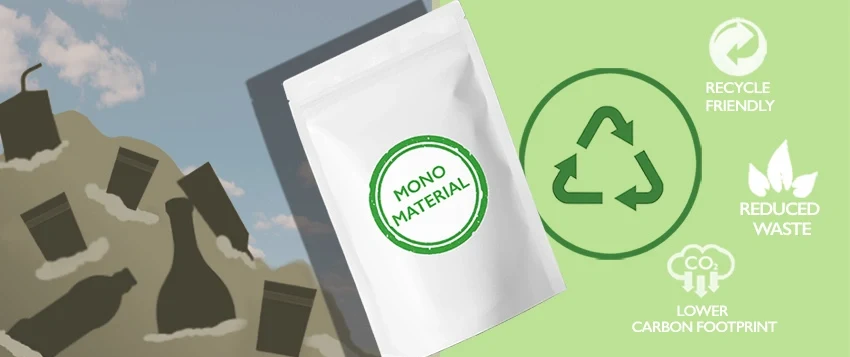
4. Guaranteeing Durability
Packaging goes through the wringer – factory floors, jolting lorries, and finally those bright shop lights. If the ink flakes off or fades, your premium product suddenly looks like yesterday’s news, or worse, unreadable. Solid adhesion is the glue (pun intended) that keeps it all together and looking sharp. Overlook it, and you’re in for some unexpected drama down the road – trust me, it’s the kind of surprise no one wants.
Why Can Ink Be a Challenge in Packaging?
Inks are brilliant, but they’re not without their cheeky side. For one, matching them to materials is like herding cats – what clings beautifully to rough kraft paper might slither off a shiny plastic film. Then there’s the eternal scrap between eco-friendliness and performance; those green inks are improving, but they can still play second fiddle to the heavy-hitting solvent ones in the vibrancy stakes.
Recyclability? That’s another curveball. With more flexible plastics hitting the bins, some inks can muck up the whole process, turning recycled goodies into low-grade mush. And regulations? They’re shifting faster than fashion trends across Europe, the US, and Asia – you need suppliers with their fingers on the pulse. In my industry wanderings, these hurdles often spark the best ideas, flipping problems into clever packaging wins.
What Types of Inks Are Common in Packaging?
Your ink choice depends on the printing wizardry involved. Offset inks are champs for paperboard and sturdy boxes, churning out those pin-sharp images that make you go “wow.” Flexographic ones rule for corrugated stuff, films, and cartons – they’re speedy dryers and super adaptable. Gravure inks? They’re the high-res kings for huge runs of bendy packaging. And digital inks are shaking things up for short bursts or custom jobs, sneaking into labels and cartons more and more.
It all comes down to the method, the surface (paper, metal, you name it), and the abuse it’ll take – moisture, scrapes, chemicals. It’s downright fun watching these evolve, opening doors to wild customisation.
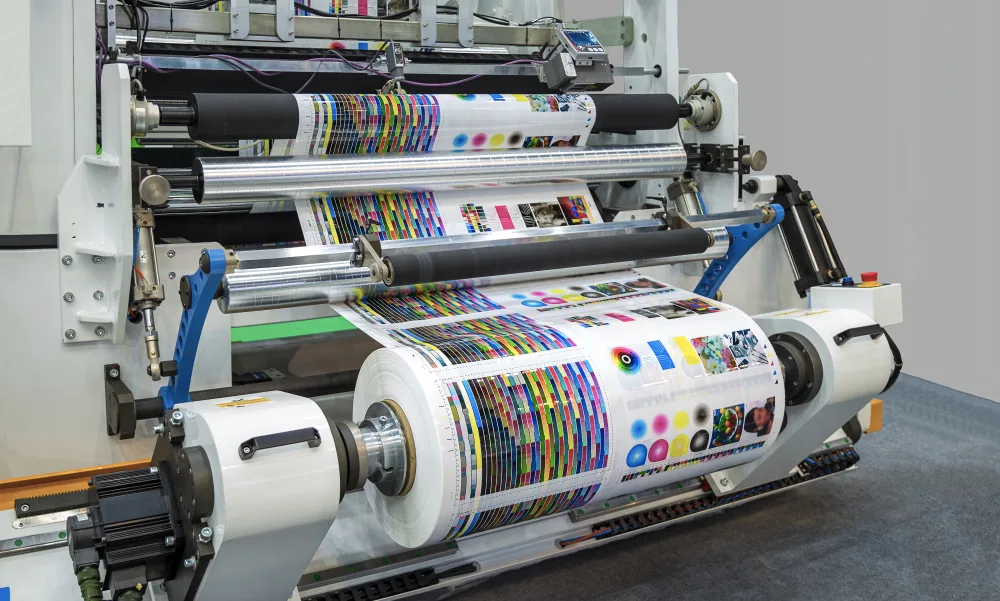
How Do Inks Influence Recyclability?
As we chase that circular economy dream, inks are under the microscope. Flexible plastics in your crisp packets might recycle on paper, but heavy ink layers can contaminate the lot. Happily, smart tricks are emerging: the “5% ink coverage rule” for plastics, inks that play nice with materials for easy splitting, and ones that don’t taint the wash water.
Brands jumping on these design-for-recycling inks aren’t just being noble – they’re winning hearts from eco-conscious folk. I tracked one snack giant who tweaked their inks and watched recycling rates soar, along with a nice spike in social media love. Win-win, right?
Real-World Example: Food Packaging and Inks
Take your average chocolate bar – the wrapper outside tempts you with luscious pics, while the inside seals in that fresh snap. Those outer inks have to shine under glaring shop fluorescents, survive steamy storage, and be safe as houses for any food brush-ups. Printers lean on low-migration, food-grade inks that pass muster worldwide. Skimp here, and you’re flirting with disaster for your brand and your buyers’ well-being. It’s a tasty reminder of how inks stealthily guard our guilty pleasures.
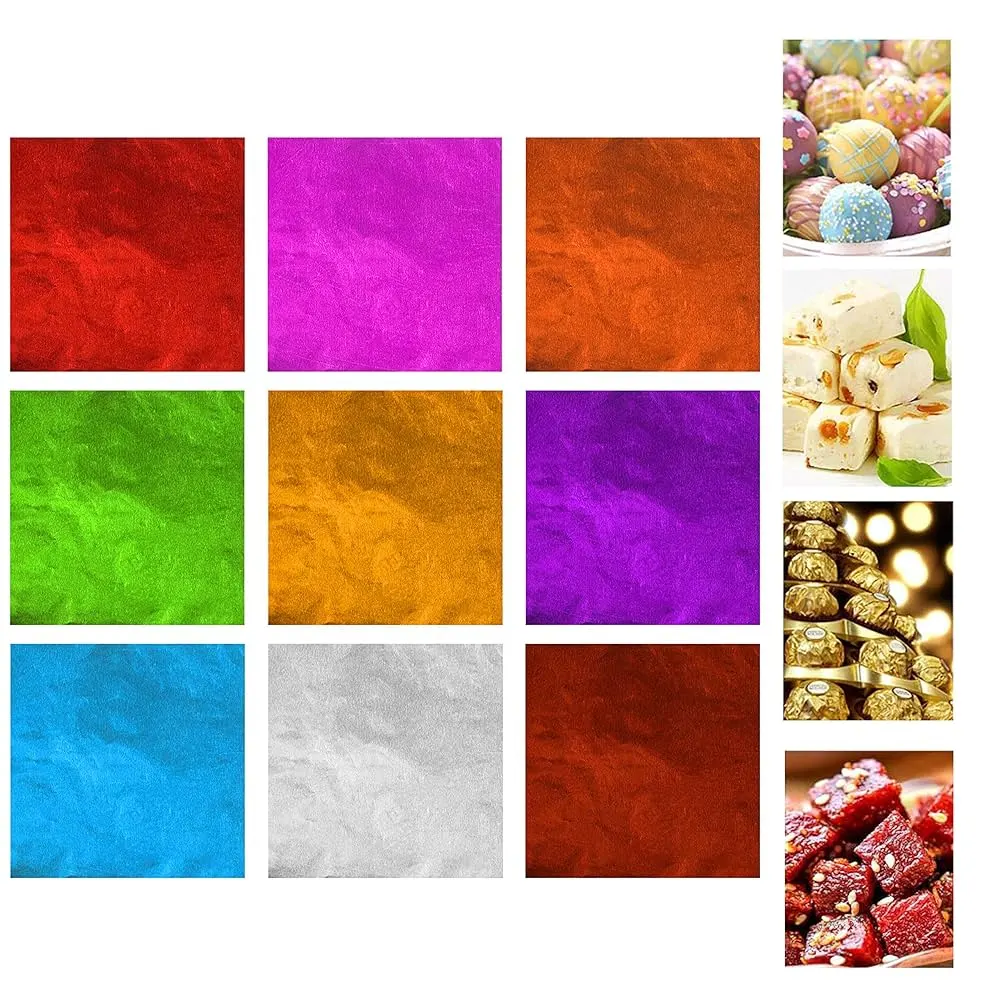
How Can Buyers Ensure They Choose the Right Inks?
If you’re calling the shots on packaging, nailing inks means focusing on the basics: how they perform on everything from paper to glass; spot-on colours via fancy tools like spectrophotometry; green bonuses like low-VOC vibes; compliance that covers all bases globally; and a rock-steady supplier for those manic, high-volume deadlines.
At C MIC Packaging, our printer pals run tight quality ships to nail colours, finishes, and sticking power every time. It’s your shield against branding blunders or regulatory slip-ups. Believe me, putting in the legwork here is like money in the bank.
The Future of Printing Inks in Packaging
Peeking at 2025, I’m buzzing about what’s coming: bio-based inks from soy, algae, or plant oils going mainstream; smart ones with hidden digital marks to boost recycling; digital printing booming for personalised, waste-light runs; and sustainability woven right in, with buyers demanding recyclable or compostable credentials. The industry’s on the cusp of something epic – can’t wait.
Conclusion: Small Detail, Big Impact
Inks might only snag about 5% of the packaging pie, but their influence? Enormous. They sculpt how we see brands, enforce safety and green rules, and dictate recycling success. For buyers, managers, and brands, cheaping out on inks is asking for grief: damaged reps, legal headaches, or eco goals going pear-shaped.
Whether it’s eye-popping rigid boxes or earth-kind cartons, inks merit as much fuss as the materials. At C MIC Packaging, we blend design, ink choices, and substrates for reliable, green, and shelf-stealing results. Your packaging is your product’s chatty ambassador – make sure its inks tell a tale that sticks.
